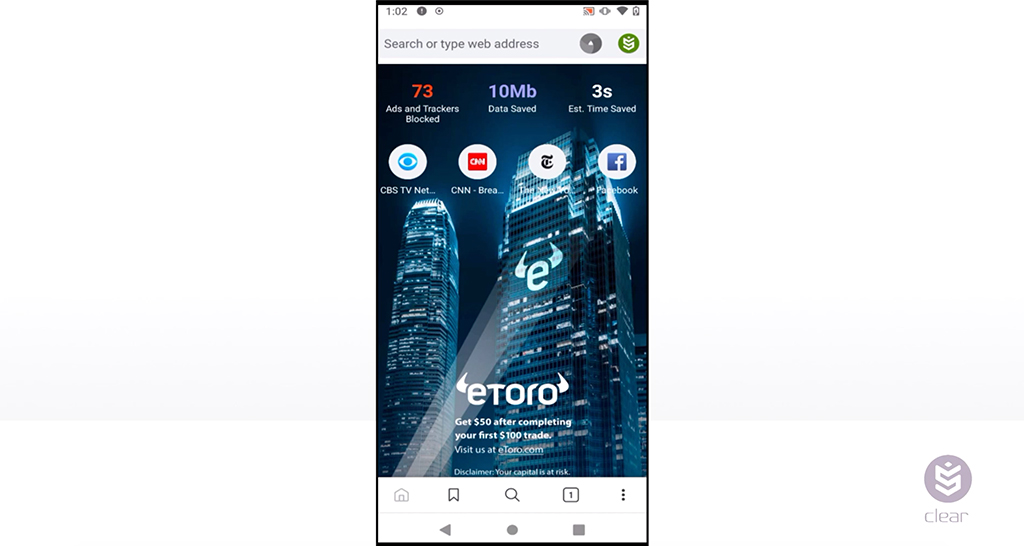Blockchain technology has been around for only about a decade, but it has the potential to change our world. It’s an immutable ledger of transactions that’s tracked by computers instead of people and is more secure than any database in existence today. Its applications are endless: from securing your crypto assets like Bitcoin or Ethereum to enabling smart contracts for businesses and even helping us achieve a more equitable society where everyone has access to information about what’s going on around them.
If that’s a bit too much to wrap your head around, don’t worry. Let’s break it down.
When in relation to popular cryptocurrencies such as Bitcoin or Ethereum, the blockchain is a decentralized ledger. A ledger is simply a list of transactions or values—for example, who owes how much money to whom. Best of all, it’s cryptographically secure. But what makes blockchain unique from other types of ledgers? Well, rather than tossing around “blockchain” as a buzzword, like it so commonly is today, let’s dig into what that really entails.
The blockchain works by connecting blocks together rather than storing each one separately like most ledgers do today. This allows for more security because there isn’t one single place where all those transactions are stored; rather they’re spread across millions of computers around the world (hence why no one can hack into it!).
A block is an individual record of new data or updated information. A block represents a small chunk of information (or data) that has been added to the blockchain. Blocks are added to the chain in chronological order, with each new block building off from the last one. New blocks cannot be altered or removed once they’re added to the chain because they’re protected by cryptographic hash functions, which make them irreversible.
Each block contains its own unique cryptographic hash function generated from the previous block’s content and a timestamp indicating when it was created; this means that any change made within one block will result in an entirely different hash value for subsequent blocks. In short, this is the underlying process that makes blockchain technology so secure.
So let’s break it down. What exactly is a hash then?
A hash is the mathematical encryption of a block of data that generates a unique string of characters. In the case of bitcoin, for example, each block of transactions is hashed and its hash value then added to the next block in the chain so that each transaction can be verified.
Hash functions are used in many places across modern computing technology. Only recently were they applied in a unique way, which made it possible for us to have blockchain technology.
The hash is stored with, and protects, the block of data. The hash is essentially a digital fingerprint of the data and is used to verify that the data has not been changed since it was last verified by another node in the network. This process makes it possible for someone to prove they have access to an original copy or version of an item.
The term “blockchain” refers to the actual structure of these linked blocks where each new block contains a cryptographic hash from its previous block (hence mining).
Each block includes the hash generated from the previous block. The current block’s hash is stored in its header, and any changes to the data included in a particular block will change the hash of that particular block, which will then be propagated down through all subsequent blocks on the blockchain. To learn more go to Digital.World.




